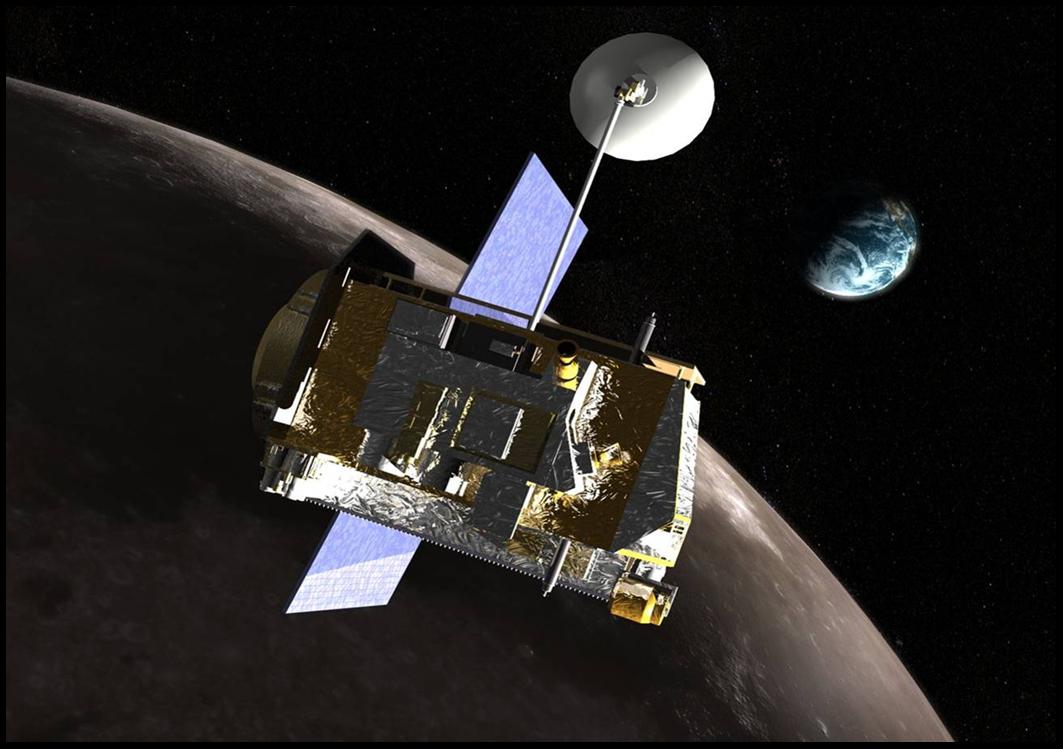 The
LROC Team Release of JMoon is available to members of the LROC mission operations and science teams for use in
planning and analyzing observations made by the Lunar Reconnaissance Orbiter Camera (LROC) aboard the Lunar
Reconnaissance Orbiter.
The
LROC Team Release of JMoon is available to members of the LROC mission operations and science teams for use in
planning and analyzing observations made by the Lunar Reconnaissance Orbiter Camera (LROC) aboard the Lunar
Reconnaissance Orbiter.
In addition to the standard layers available in the Public Release, the Team Release includes the LROC ROI Layer, LROC Stamp Layer, and the LROC Planning Layer. The Team Release also gives science team members access to LROC data that has not yet been released officially through the Planetary Data System (PDS).
The Team Release version of JMoon is currently available only within the LROC Science Operations Center building at ASU.
A public version is available through JMARS, with access to only the PDS-released products, is available through the JMARS download page. To change from the Mars body to the Moon, open JMARS : Go to the top of JMARS window and click "Body"--> "Select Body" --> "Luna".
What can JMARS/JMoon do for me?
Mission planners
- Plan both narrow-angle and wide-angle observations for the Lunar Reconnaissance Orbiter Camera (LROC).
- View "Regions of Interest" (ROIs) submitted by LROC science team members.
- Locate previously acquired observations.
Planetary geologists
- Simultaneously overlay and view datasets from past lunar missions.
- Submit "Regions of Interest" (ROIs) over areas where you would like the mission planners to collect data.
- Locate previously acquired observations.
Get a JMARS/JMoon account
- LROC Team Members
- Access to the LROC Team version of JMoon is managed directly by the LROC team themselves. There is currently no automated registration process for LROC Team accounts.
- Public Users
- Go to: http://jmars.asu.edu/user/register to register for an account. (It's free.)
- Fill out the registration form. A confirmation email will be sent to the email address you provide.
- Follow the link in the confirmation email to activate your account.
- To edit your account, go to: http://jmars.asu.edu/user, log into the website, and click on the "My Account" tab.
If you already have a JMARS Public account you can skip ahead to the next section. If you do not have a JMARS account, use the following steps to register for a Public account.
Download and install JMARS
- LROC Team Members
- If you are planning to use the LROC Team Release in the LROC Science Operations Center building, it is available on all Linux machines.
- Public Users
- Internal Users
- If you are planning to use the Public Release in the Mars Space Flight Facility building, it is available on all Linux machines.
- External Users
- Go to http://jmars.asu.edu
- In the "JMARS Public Downloads" section on the right-hand side, click the appropriate system download under the full JMARS version (The first option).
- Once you click the download link, the installer will start to download JMARS. For more instructions click the "Instructions for Installing JMARS" at the bottom of the download panel. Change from Mars to the Moon: Open JMARS and Navigate to the top of the screen. Click the "Body" tab --> "Select Body" --> Luna.
- Internal Users
Starting JMARS
- LROC Team Members
- Please contact one of the mission planners.
- Public Users
- Internal Users
- In the Mars Space Flight Facility building, open a terminal on a Linux machine and type:
> jmars -moon
- External Users
- On most operating systems, the installer will place an icon on your desktop. You can start JMARS/JMoon by double-clicking the icon and entering your username and password.
- To manually launch JMARS/JMoon on a Linux machine, change to the directory containing the jmars.jar file (which you have already downloaded) and type:
- If you would like to open JMARS/JMoon from a different directory, just replace "jmars.jar" with "path/jmars.jar".
> java -jar jmars.jar
- Internal Users
Starting JMARS/JMoon with additional arguments
The startup behavior of JMARS/JMoon can be modified by including additional command-line arguments. (Note: Only one of these command-line arguments can be used at a time.)
- Specify the Starting Position
- Longitude - the value is assumed to be East longitude unless a "W" is used after the numerical value. (e.g., 120W)
- Latitude - the value is assumed to be North latitude unless a "S" is used after the numerical value. (e.g., 120S
By default, JMARS/JMoon starts with the viewing window centered at 0E, 0N. This starting location can be changed by adding latitude and longitude arguments to the jmars command.
> jmars Longitude Latitude
- Starting with Session Files
Session files allow users to restart JMARS/JMoon in a previously saved configuration by specifying a startup file. See the Session Files page for more information.
>jmars path/session_file_name.jmars
Starting JMARS/JMoon with flags
The startup behavior of JMARS/JMoon can also be modified by including any of the following command-line flags. Unlike the command-line arguments described above, multiple command-line flags can be used at one time, and they can be used in conjunction with command-line arguments.
- Clean: The "clean" flag will clear out the map tile cache before startup.
- Slideshow: The "slideshow" flag will enable the JMARS/JMoon slideshow mode. See the Slideshow Mode page for more information
- Version: The "-version" flag (with lower case v) will list some information about the JMARS/JMoon version being used. The "-Version" flag (with upper case V) will list much more detailed information about the JMARS/JMoon version being used.
- Help: The "-help" flag will list the available command-line arguments and flags in the terminal window.
> jmars clean
> jmars slideshow
>jmars -version
>jmars -Version
>jmars -help



